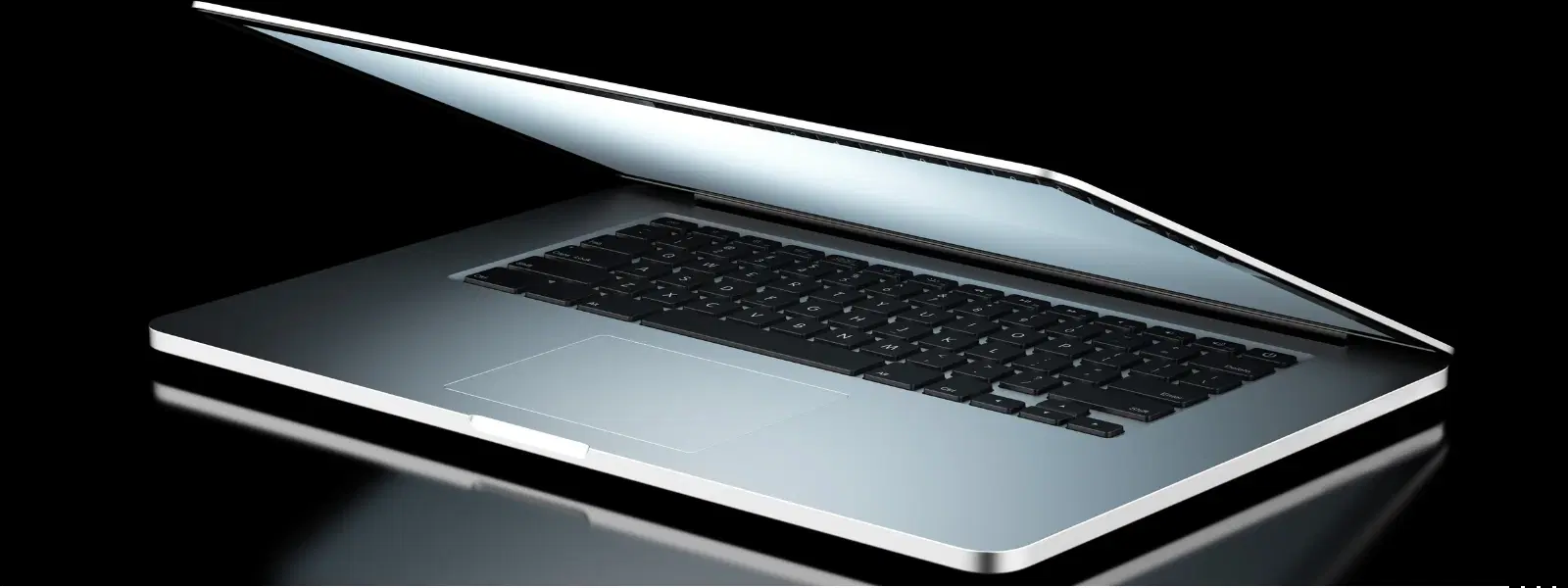
Consumer Electronics
•04 min read
Ever wondered if you could combine the best of both worlds by running Windows on your Mac? Whether it's for work, gaming, or simply accessing those essential Windows apps, the process is easier than you might think. This comprehensive checklist will guide you step-by-step on how to run Windows on Mac. By the end of this guide, you'll be fully equipped with the insights you need to install Windows on Mac, understand various methods like Boot Camp Mac Windows setup and using a virtual machine for Mac, and even learn tips to switch between Mac and Windows effortlessly.
Before starting, it is crucial to check your Mac's compatibility with Windows. Ensure that your macOS version and hardware meet the necessary requirements. Intel-based Macs generally offer the Boot Camp Mac Windows setup option, while Apple Silicon Macs (M1, M2, M3) require virtualisation tools. Look into tools like Parallels Desktop for Mac or a suitable Windows emulator for Mac to ensure mac compatibility with Windows.
Gather all the essentials before you begin. You will need a valid Windows license, an ISO file of the Windows operating system, and sufficient storage to manage a mac windows dual boot or virtual machine for Mac setup. It is also wise to back up your Mac to prevent any data loss during the process.
Pro Tip: Avoid Compatibility Issues
Did you know? Apple Silicon Macs (M1, M2, M3) do not support Boot Camp. Instead, using virtualisation tools like Parallels Desktop for Mac or a reliable Windows emulator for Mac will help you run Windows seamlessly.
Boot Camp Assistant provides an effective way to create a dedicated Windows partition. It is an excellent choice if you want full Windows performance, which is ideal for gaming and resource-heavy applications. However, this method requires you to restart your Mac to switch between macOS and Windows.
Virtual machines, such as those offered by Parallels Desktop for Mac or VMware Fusion, allow you to run Windows and macOS simultaneously. This method is perfect for multitasking and for those who need quick access to both operating systems. Keep in mind that running a virtual machine might be slightly resource-intensive, so ensure your system has the necessary capacity.
If your need is mainly to run Windows apps on Mac, consider using Windows emulators like CrossOver or Wine. These tools enable you to run windows apps on mac without installing the full operating system. Additionally, some remote access software can provide an alternative way to access Windows environments.
Begin by running the Boot Camp Assistant to create a Windows partition on your Mac. Proceed by formatting the partition and installing Windows using your ISO file. Once the installation is complete, set up the required drivers to ensure optimal performance and smooth operation.
Download and install a virtual machine software such as Parallels Desktop for Mac. Create a new virtual machine and load your Windows ISO file. Adjust the settings to allocate sufficient RAM and CPU resources and then follow the on-screen instructions to complete the installation.
If you opt for a Windows emulator, install a solution like CrossOver. This allows you to set up individual Windows applications directly on macOS, eliminating the need for a full operating system installation.
For Boot Camp users, switching between operating systems involves restarting your Mac and holding down the Option key to select the desired OS. Virtual machine users benefit from seamless multitasking as they can operate both systems concurrently without the need for a restart.
To ensure a smooth experience, allocate sufficient resources such as RAM and CPU to your virtual machine. Regularly updating drivers and software can prevent compatibility issues and improve your system's performance.
Utilise shared folders or cloud storage to manage your files between macOS and Windows effectively. This ensures you always have access to your important documents irrespective of the operating system you are using.
While virtual machines offer convenience, they can sometimes lead to lag or slower performance, especially during resource-heavy tasks. Optimising your Boot Camp partitions with proper resources and regular maintenance can help overcome these issues.
Running legacy Windows apps on a modern system might pose challenges. Look for updates or alternative software versions to ensure smooth operation. At times, minor issues may occur when macOS updates affect your Windows setup, but regular driver updates can mitigate these problems.
Always ensure you have a valid Windows license when you decide to install Windows on Mac. The legality of using emulators and virtual machines is well established, provided you adhere to licensing agreements.
Use virtualisation tools like Parallels Desktop for Mac as Boot Camp is not supported on Apple Silicon Macs.
While Boot Camp is free, you need a valid Windows license and virtualisation tools like Parallels Desktop may require a purchase.
Yes, with Boot Camp you can enjoy native performance for demanding games, or use a virtual machine with sufficient resources.
Virtual machines might slightly impact performance for intensive tasks, whereas Boot Camp offers better performance by using native hardware.
Boot Camp users can restart their Mac and hold the Option key to choose the desired OS. Virtual machine users can switch seamlessly without a restart.
Running Windows on your Mac opens up a world of possibilities, from accessing exclusive Windows applications to enhancing productivity. This guide has walked you through the checklist for preparing your Mac, choosing the method best suited to your needs, and optimising your setup for a dual-OS experience. With clear steps and practical tips, you can make an informed decision on whether to adopt Boot Camp for Windows installation, or to use a virtual machine or emulator for an integrated Windows on Mac experience. Enjoy the flexibility and benefits, similar to the ease and convenience customers experience when transacting on Tata Neu with the added bonus of earning NeuCoins on every transaction.